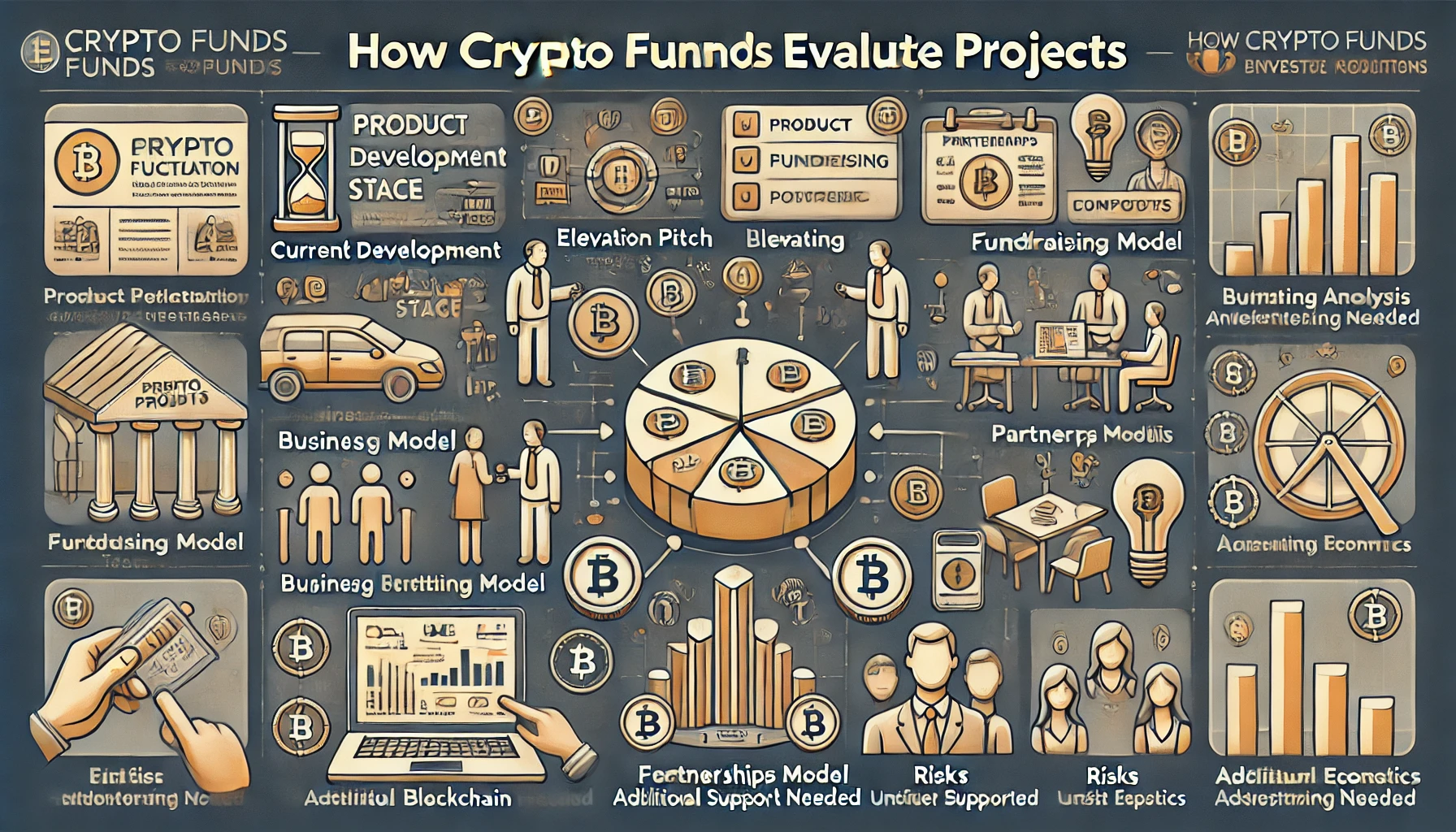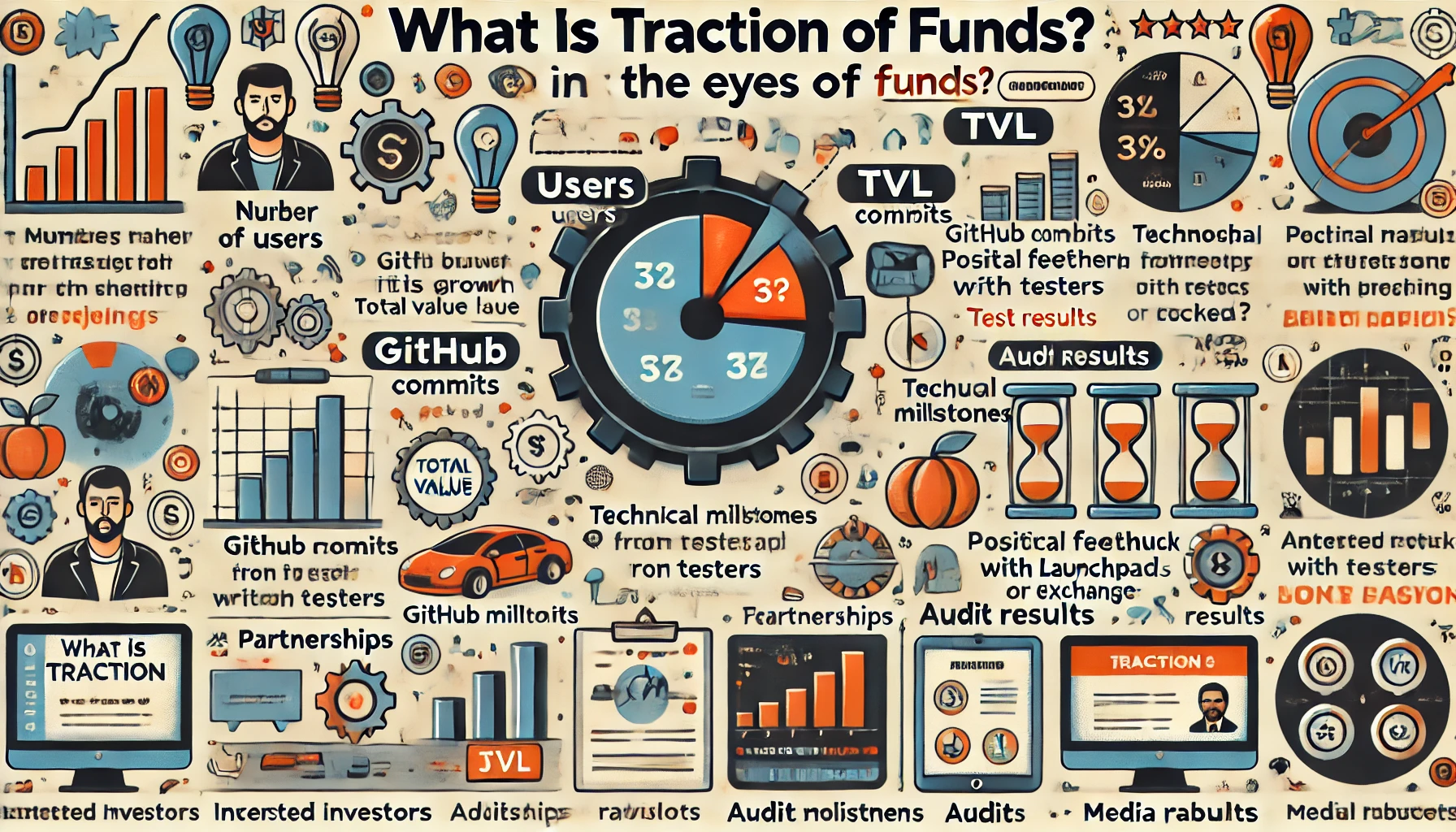Project evaluation before investing is crucial for predicting future profitability. This is a key point in decision-making for both private investors and venture funds.
It should be noted that in 2022 it became more difficult for startups to attract investments. According to DeFiLama, venture financing in the Web3 sector decreased from $8.7 billion in Q1 2022 to $2 billion in Q4. The time to close rounds increased, requiring projects to be more thoroughly prepared for fundraising.
Despite this, funds continue to show interest in sectors such as DeFi, L1-2, infrastructure and cross-chain solutions, as well as soulbound tokens and deep-tech.
In the Gaming and NFT sectors, investor opinions diverge. The main issue is the lack of sustainable economic models. Many investors are waiting for their emergence, betting on gaming studios from web2 because they understand how to create profitable games without blockchain, tokens, and NFTs, which can be used to create additional value. However, interest remains: according to The Block, investments in GameFi and NFT in 2022 amounted to $8.3 billion.
- General Evaluation
- Qualifying Questions Funds Ask Startups
- What is Traction in the Eyes of Funds?
- Recommendations for Early-Stage Projects Without Money, Traction, and MVP

General Evaluation
There are two main approaches to project evaluation: fund evaluation and venture studio evaluation.
Venture studios delve less deeply into project details. Their main goal is to help the startup attract investments from venture funds. For studios, the "selling" aspects of the project are important: quality presentation materials, sales skills of the founders, known partnerships, undervalued evaluation, etc.
Venture funds conduct more detailed evaluations, diving deeper into the product, team, strategy, and roadmap of the project. The larger the fund, the more detailed the evaluation. Small and medium funds often satisfy themselves with "external" trust factors when deciding to invest. Project analysis requires expertise and time, and most investors do not have enough experience for deep analysis.
Qualifying Questions Funds Ask Startups
Below are the criteria for the initial evaluation of a startup. Often they are included in a questionnaire that startups are asked to fill out online (an example of such a questionnaire can be seen at BDC Consulting). Much becomes clear from how thoroughly and in detail the project fills out this questionnaire.
| Criteria | Description |
|---|---|
| Product | How it works and why it is needed in the market. |
| Current Readiness Stage | Concept/prototype/MVP/finished product, etc. |
| Elevator Pitch | A short pitch that can be delivered aloud in 30 seconds. This is an important point that shows how well the project can convey its benefits. |
| Funding Status | No funding/Pre-seed/Seed, etc. |
| Market | Size (TAM), dynamics, statistics, prospects (according to experts). |
| Business Model | The plan for product monetization and token growth (with calculations). |
| Fundraising Model | Equity/SAFT/Token Warrant/other. |
| Investment Term | If less than 3 weeks remain before the planned date, the project is already late to consider; 6+ months — not urgent; 2-3 months — ready for consideration. |
| Partnerships | Who will be interested in partnership, what agreements already exist or are under discussion. |
| Team | Relevant experience, successful exit experience, presence on social networks, participation in events, public visibility (readiness for KYC). |
| Competitors | Financial metrics, current stage of their products, analysis of advantages and disadvantages. |
| Preferred Blockchain | This question allows for assessing the elaboration of the idea. |
| Roadmap | What has already been done (comparison with the initial roadmap), quarterly schedule, separate roadmap for the stage of public fundraising. |
| Risks | Delays or failures in product release, competitors, market situation, etc. |
| Unit Economics | Revenue and costs per user/transaction/other relevant unit (feasibility of attracting money). |
| Additional Support from the Fund | Technical development, marketing, legal support, business analysis, key employees, partnerships, etc. |
| Project Needs vs. Attracted Amount | Why does the project believe it needs this amount of money? Can the same results be achieved cheaper? How was the budget calculated? |
| Traction | Achieved metrics — number of users, amount of collected fees, signed partnerships, media mentions, etc. |
| Benefits of Templates | Using templates like Lean Canvas can be a great advantage for a startup. Lean Canvas graphically represents the complete startup model on a single page, including items such as the problem and alternative solutions, unique value proposition, revenue streams, cost structure, channels, and more. |
Lean Canvas templates and similar tools help startups "crystallize" their offer and validate the product before approaching funds for investments. Including such infographics in the document package can make a positive impression on investors.
Deep Evaluation
This stage involves the startup moving to the investment committee after successfully passing the initial evaluation. Deep evaluation criteria are individual for each startup and depend on the niche, product stage, attracted amount, and other factors, as well as the fund itself.

What is Traction in the Eyes of Funds?
Traction is a set of metrics demonstrating the successful implementation of a startup idea. This item is often included in the requirements of funds, although investor opinions on what exactly should be included may vary.
Specific traction metrics depend on the project's stage and product nature (niche, B2B/B2C). Of course, all investors want to see commercial traction (revenue, profit), but you can also focus on the following metrics:
- Number of users and its dynamics (including for MVP);
- TVL and other product or prototype metrics;
- Number of commits on GitHub;
- Technical achievements: launch on testnet or mainnet, functionality releases;
- Conducted tests and number of participants;
- Positive feedback from product testers;
- Partnerships, advisors, investors, and projects that have shown interest (integrations, signed letters of intent to invest or integrate under certain conditions);
- Confirmations from related industries where people are willing to test the product;
- Feedback from friends and investors who tried the product (if there were no tests);
- Audit results;
- Agreements with launchpads or exchanges;
- Publications in major media etc.
How Significant is the Community for Funds?
The size of the community is not always an indicator of traction in the eyes of many investors, as most users in project chats and channels may be bots or people not using the product. Much more important is the presence of a small test group that left positive reviews about the project.
Recommendations for Early-Stage Projects Without Money, Traction, and MVP
Projects without traction do not attract the attention of funds. However, do not despair: as seen from the examples given, traction can be created in various ways, provided enough time is dedicated to it. Furthermore, the concept of MVP (minimum viable product) is relative: it can be a demo version, prototype, decentralized application (dApp) on testnet, or even an existing Web2 product that is planned to be transferred to Web3.
For early-stage startups, it is recommended to look for investors who will believe in their idea at this stage. These include friends and family, angel investors, and grant programs.
In rare cases, such startups may interest funds if the following conditions are met:
- Strong team with relevant experience;
- Detailed Tech Paper (Blue Paper) and White Paper;
- Serious technology that is already ready (written code).
Usually, early-stage participation implies that the investor will have to spend a lot of time supporting the project's development. As an alternative to attracting investments, startups should consider working with consultants and advisors who can help bring the project to a stage where it becomes attractive to a wide range of investors.
When applying for a grant, it is important to remember that grant programs impose restrictions on the use of specific technology and participation in the grantor's ecosystem. For example, the product must be based on a certain blockchain or be integrated with specific dApps.
Crypto funds receive numerous applications from various projects daily, and they can allocate only a few minutes to each. To successfully pass the initial evaluation stage, the startup must stand out from 90% of other applications. Therefore, it is important not to rush with preparation: quality application submission may take several weeks.
In the process of preparing for fundraising, if you are unsure how to convey the advantages of your Web3 project to funds, it makes sense to seek advice from a professional consulting company.




